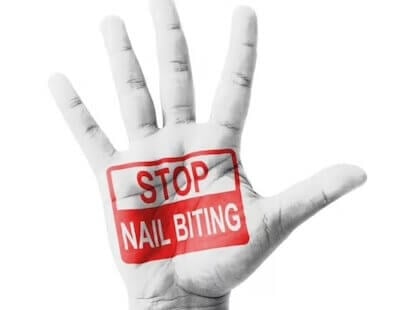Millions of people rely on dental bridges to restore their smiles and functionality. These dental restorations fill gaps left by missing teeth, improving chewing ability, speech, and overall facial appearance. But like your natural teeth, dental bridges require proper care to ensure their longevity and your oral health. By following a simple yet effective routine, you can extend the lifespan of your bridge, saving money and maintaining a confident smile for years to come.
What is a Dental Bridge?
A dental bridge is a restoration anchored to surrounding healthy teeth (abutment teeth). It consists of artificial teeth (pontic) that replace the missing teeth and bridge the gap. Bridges are most often made from porcelain fused to metal or zirconia for strength and aesthetics, but there are other options, as well.
Why is Bridge Care Important?
Proper care for your dental bridge offers several benefits:
- Longevity: Brushing, flossing, and regular dental visits help prevent damage and ensure your bridge lasts for many years.
- Oral Health: Maintaining a clean bridge prevents plaque buildup and gum disease, protecting your oral health.
- Cost Savings: Regular care reduces the risk of needing expensive repairs or replacements.
- Confidence: A healthy smile with a well-maintained bridge allows you to smile confidently and freely.
Brushing and Flossing Techniques for Your Bridge
Brush your natural teeth and bridge twice per day with a soft-bristled brush and fluoride toothpaste. Use a gentle circular motion, focusing on the surfaces of your teeth, the gum line, and around the bridge.
Reaching under the bridge is essential to remove trapped food particles and plaque.
Here are some effective flossing techniques specifically for bridges:
- Floss Threaders: These handy tools thread floss under the bridge, allowing you to gently move it back and forth to clean the area.
- Water Flossers: For those who find traditional flossing difficult, water flossers offer a good alternative. They use a pressurized water stream to clean under the bridge and between teeth.
- Interdental Brushes: These small brushes clean between teeth and under bridges. Choose a size that comfortably fits under your bridge and gently brush back and forth.
Consider rinsing with an antiseptic mouthwash after brushing as an additional step to promote fresher breath and reduce plaque buildup.
Dietary Considerations
While dental bridges are strong, they can be damaged by excessive force. Avoid excessively hard or chewy foods like nuts, hard candy, and chewy candies. If you must indulge, cut these foods into smaller pieces before chewing.
Sugary foods can also contribute to decay under the bridge, so maintain a balanced diet and brush thoroughly after sugary snacks.
Lifestyle Habits and Your Bridge
Your daily habits can also impact the health of your bridge. Do not use your teeth for anything other than chewing food. Don’t chew on ice or bite your fingernails, as these activities put undue stress on the bridge and surrounding teeth.
People who grind or clench their teeth are at higher risk of bridge damage. Grinding can exert excessive wear and tear on a dental bridge. If you think you might grind your teeth while sleeping, talk to your dentist about a nightguard.
Regular Dental Checkups Are Key
Regular dental checkups, ideally every six months, are the cornerstone of maintaining a healthy bridge. These visits are more than just a routine cleaning. Your dentist will professionally clean the entire bridge, including the often-neglected area underneath the pontic, to remove plaque and prevent gum disease from taking hold. They will also meticulously examine the bridge itself, searching for signs of damage, wear and tear, and loose fittings that could compromise its functionality.
Additionally, the dentist will closely monitor the health of the abutment teeth — the very foundation of your bridge. By keeping an eye out for signs of decay or gum disease in these crucial teeth, your dentist can take preventive measures to ensure the long-term stability of your bridge and your overall oral health.
Finally, these checkups provide a valuable opportunity for you to voice any concerns you might have about your bridge or your oral health in general. Whether you’re experiencing sensitivity or have questions about proper bridge care, your dentist is there to listen, address your worries, and ensure a healthy and confident smile.
Addressing Potential Bridge Issues
Be mindful of any signs that might indicate a problem with your bridge, such as:
- A loose bridge
- A chipped pontic
- Increased gum sensitivity around the bridge
- Persistent pain in the area
If you experience any of these issues, contact your dentist immediately. Prompt attention will prevent further damage and help ensure a timely repair.
Closing Thoughts
With these simple tips and your dentist’s support, you can ensure your bridge’s longevity and maintain optimal oral health. With proper care, your bridge will not only restore your smile and functionality but also contribute to your overall well-being and confidence.
For more information on oral health and dental bridges, schedule an appointment with your dentist. They will be more than happy to explain the process and discuss your options if you think a bridge might be right for you.

